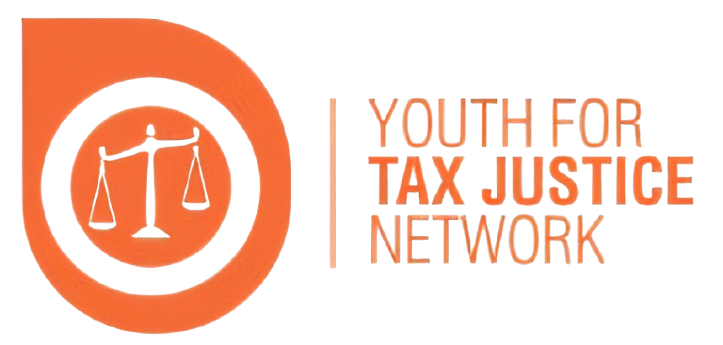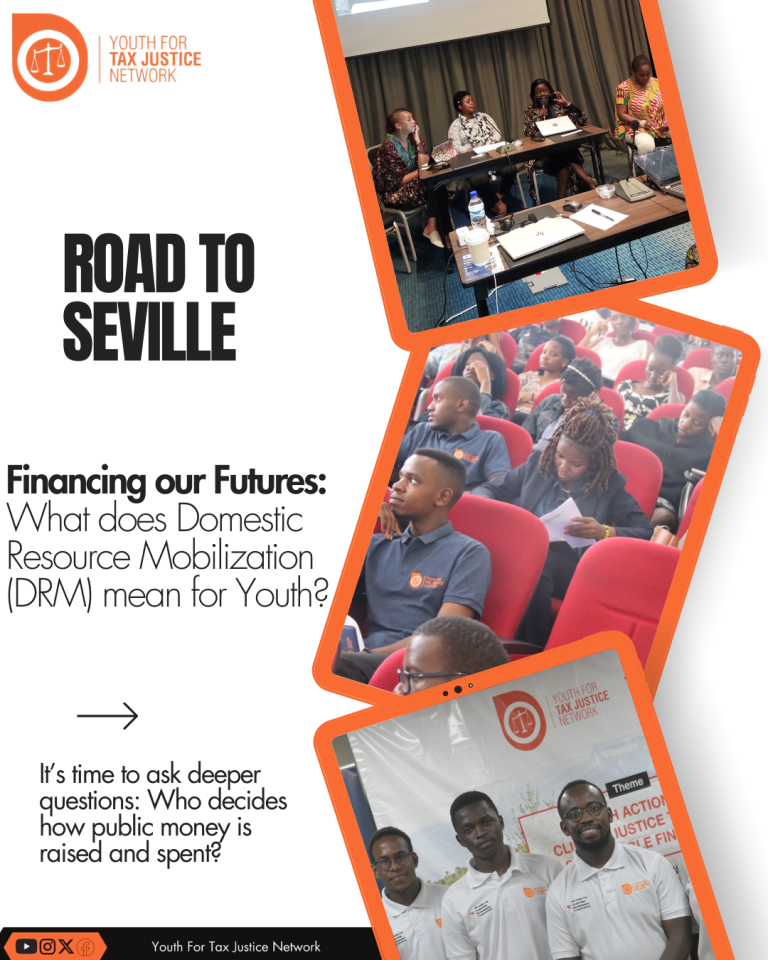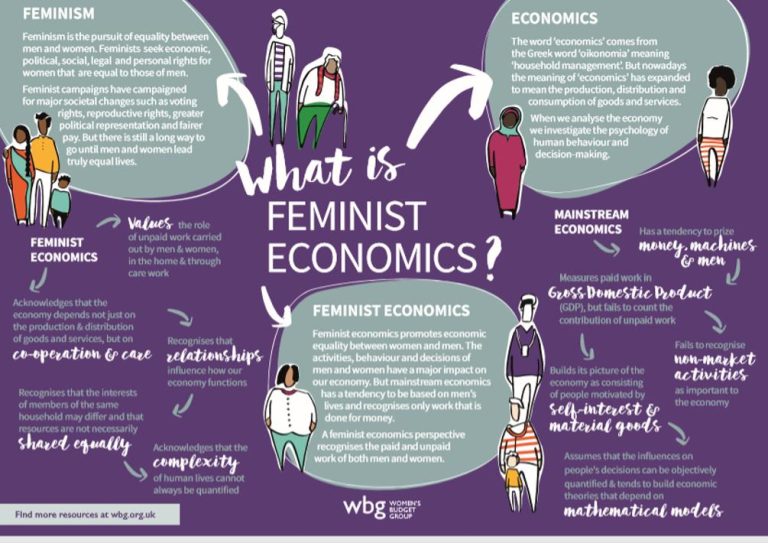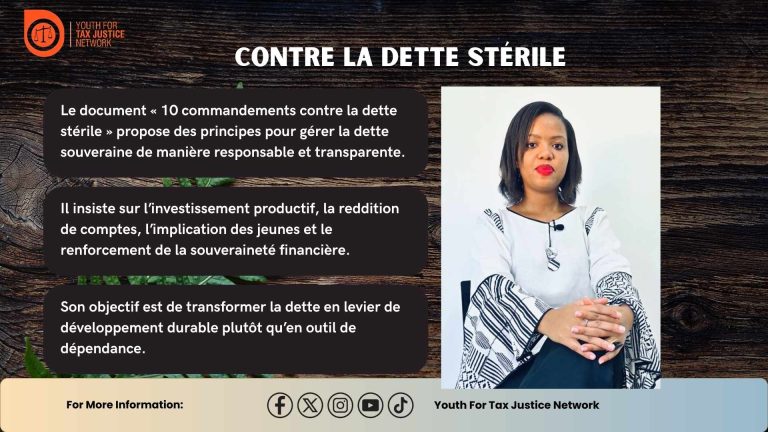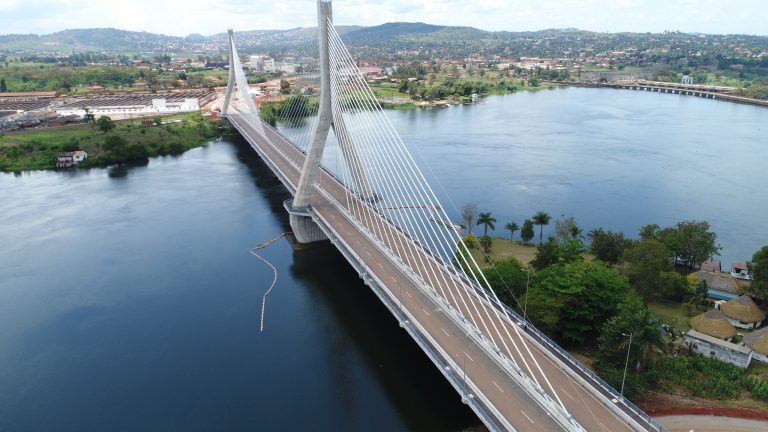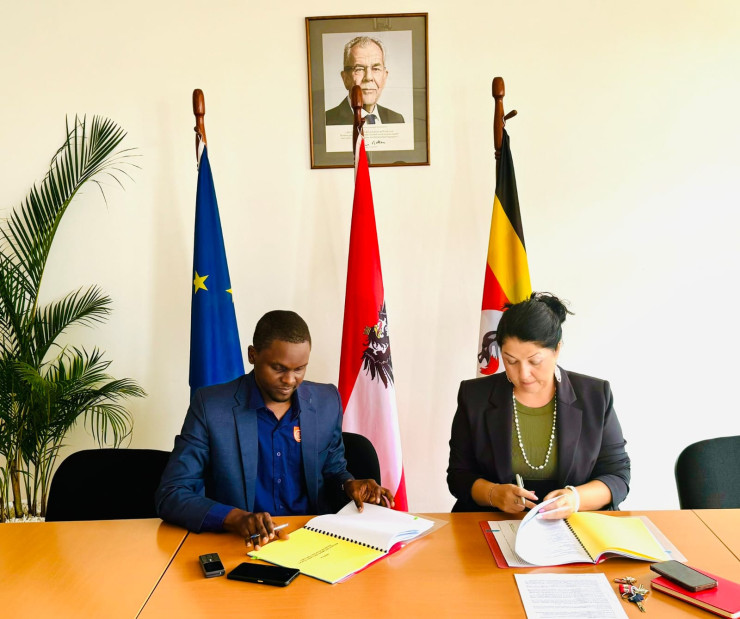By: Artwell Dzobo
The national budget for Zimbabwe in 2025 has received recognition for emphasizing social services, infrastructural expansion, and economic development. A closer examination of the budget, however, indicates that it might not adequately address the urgent issues facing Zimbabwe’s youth. A large percentage of the population is young, and they confront several obstacles, such as restricted chances for entrepreneurship and innovation, lack of access to healthcare and education, and unemployment.
According to the budget, the rebound in mining, information technology, agriculture, and energy generation will propel a 6% increase in national output. The budget is predicated on strict fiscal and monetary policies, low inflation, a stable currency rate, and La Nina weather trends. The volatility of the local currency is shown by the fact that the public expenditure ceiling has grown by 130.4% to ZWG276.37 billion. With debt servicing commitments of ZWG19.2 billion, the government’s finances are at jeopardy due to the expected ZWG6.1 billion budget deficit. The budget suggests new levies to increase income, such as a 0.5% fast food tax and a 10% withholding tax on gains from sports betting. Additionally, it provides tax breaks like decreased customs duties on electric cars and VAT deferment for the energy sector.
The national budget must adhere to fundamental principles including revenue mobilization, accountability and transparency, fairness and equity, international cooperation norms, capacity building, and public engagement in order to be deemed meaningful. There are varied results regarding Zimbabwe’s 2025 national budget’s compliance with youth welfare requirements. Regarding revenue mobilization, the budget is inadequate. The existence of a progressive taxation system, in which the wealthiest pay a greater tax rate, is not clearly demonstrated. Likewise, there is no clear mention of tax evasion and avoidance strategies or the expansion of the tax base. Zimbabwe has made some strides in the areas of accountability and transparency. An improvement in the nation’s Open Budget Index (OBI) score suggests that budget procedures are now more transparent. To guarantee budget transparency, tax expenditure reporting, and audit and supervision procedures, more work must be done. The budget’s success in terms of equity and fairness is unknown. Although promoting inclusive and equitable economic growth is the goal of National Development Strategy 1 (2021–2025), it is not made clear how much money would be allocated for social security programs and redistributive measures. Similarly, there is a lack of clarity about gender-sensitive budgeting and tax relief for vulnerable groups.
It’s also uncertain if the budget complies with regional guidelines, for example the SADC Model Law on Public Finance Management which aims to strengthen public financial management in the region by promoting transparency, accountability, and efficiency. The SADC Model Law emphasizes the importance of transparency, accountability, and good governance in public financial management. It promotes performance-based budgeting with clear key performance indicators (KPIs) and requires a statement on Illicit Financial Flows (IFFs). However, it is unclear whether the 2025 Zimbabwean budget includes such a statement or incorporates performance-based budgeting with clear KPIs. Zimbabwe has made efforts to reform its public finance management, including the Public Finance Management Amendment Bill (2021), which aims to address some of the gaps in public financial management. However, it is essential to assess whether the 2025 budget aligns with the SADC PF Model Law, particularly regarding debt management, misuse of supplementary budgets, and long-term planning.
In addition, the international cooperation guidelines are other significant factors to put into consideration. Despite Zimbabwe’s stated intention to interact with foreign partners, automatic information sharing, international tax cooperation, and funding for international tax projects are not specifically included in the budget. The budget’s success in terms of public participation and capacity building is inconsistent. More work must be done to guarantee tax education and awareness, public participation in budget procedures, and capability, even though Parliament hosted a pre-budget seminar in Bulawayo that featured public participation.
Unemployment is one of the main issues facing Zimbabwe’s youth. Due to the high unemployment rate in the nation, many young people are having difficulty finding respectable employment. Although the budget’s investment in employment and job development programs is praiseworthy, it might not be enough to handle the scope of the issue. Some jobs may be created by the budget’s emphasis on infrastructure development, such as building roads and producing energy, but it’s uncertain if young people will be able to access these positions.
Limited educational opportunities are another issue Zimbabwe’s youth face. Although a sizeable portion of the budget is set aside for education, it might not be sufficient to address the structural issues the sector is now facing. Due to a lack of funding, inadequate facilities, and insufficient teacher preparation, many young people in Zimbabwe find it difficult to obtain high-quality education. Although the budget’s emphasis on expanding educational opportunities is praiseworthy, it might not address the root causes that keep many young people from obtaining high-quality education. According to the 2015 UNESCO Incheon Declaration, nations should devote at least 4-6% of their GDP, or 15-20% of all public spending, on education. According to the Continental Education Strategy for Africa (CESA) of the African Union, nations in Africa should devote at least 6% of their GDP on education. In contrast, the Philippines’ national budget for 2025 allots PhP1.05 trillion, or around 16.6% of the entire budget, to the education sector. Although this is a substantial investment, it is important to remember that Zimbabwe’s education system faces particular difficulties, such as poor infrastructure, a teacher shortage, and a lack of funding. The Zimbabwean government must thus give education top priority in the national budget and set aside enough money to deal with the issues facing the industry.
Another issue that Zimbabwean youth are worried about is healthcare. Although a sizeable portion of the budget is set aside for healthcare, it might not be sufficient to address the fundamental issues the industry is now facing. Because of a lack of funding, inadequate infrastructure, and insufficient training for medical personnel, many young people in Zimbabwe find it difficult to obtain high-quality healthcare.
Although the budget’s emphasis on expanding healthcare access is praiseworthy, it might not address the root causes that keep many young people from getting access to high-quality medical care. The health sector in Zimbabwe receives 10.2% of the country’s 2025 national budget, or ZiG28.3 billion (US$785.9 million). The Abuja Declaration benchmark, which suggests that African nations devote at least 15% of their national budgets on health, is far higher than this amount. The World Health Organization (WHO) advises nations to devote at least 5% of their GDP to health in accordance with international norms. Regretfully, Zimbabwe’s health spending as a share of GDP decreased from 4.0% in 2024 to 2.1% in 2025.
A high maternal mortality rate, a lack of essential medications, and poor infrastructure are just a few of the many issues facing Zimbabwe’s health system. The Parliamentary Portfolio Committee on Health and Child Care has suggested a total budget of ZiG9.2 billion for 2025, which is far more than the amount allotted, in order to address these issues. The 2025 National Budget’s existing health budget is obviously insufficient to meet the sector’s needs. To solve the urgent issues affecting Zimbabwe’s health system, the government must give health financing top priority and increase funding.
Innovation and entrepreneurship are essential for boosting employment and the economy. However, establishing and expanding their own businesses presents substantial challenges for many young people in Zimbabwe.
Although the budget’s appropriation for innovation and entrepreneurship programs is praiseworthy, it might not be enough to handle the scope of the issue. Although the budget’s emphasis on helping SMEs is praiseworthy, it might not solve the fundamental problems that keep many young people from having access to the capital, markets, and other resources they need to launch and expand their own companies.
This means that even while Zimbabwe’s 2025 budget has received recognition for emphasizing social services and economic development, it might not adequately address the urgent issues facing young people. Although the budget’s support for projects related to entrepreneurship and innovation, healthcare, education, and job development is praiseworthy, it might not be enough to meet the scope of issues that young people face. The government must give priority to resolving the fundamental problems that keep many young people from having access to good healthcare, education, and employment opportunities if it is to genuinely achieve their goals.
To create policies and initiatives that specifically meet the needs and concerns of young people, the government must collaborate closely with youth, civil society organizations, and other interested parties. This entails expanding access to high-quality healthcare and education, generating employment and economic possibilities, and assisting with projects related to innovation and entrepreneurship.
In the end, Zimbabwe’s budget for 2025 is a positive start, but it is just the first step. The government must keep trying to build a more equal and inclusive society that gives all young people the chance to succeed. A better future for all Zimbabweans can be achieved by the government putting the interests and concerns of young people first.
